Zona Escénica del Río Wulong, Shiyan - Entradas, horarios, localización y puntos de interés
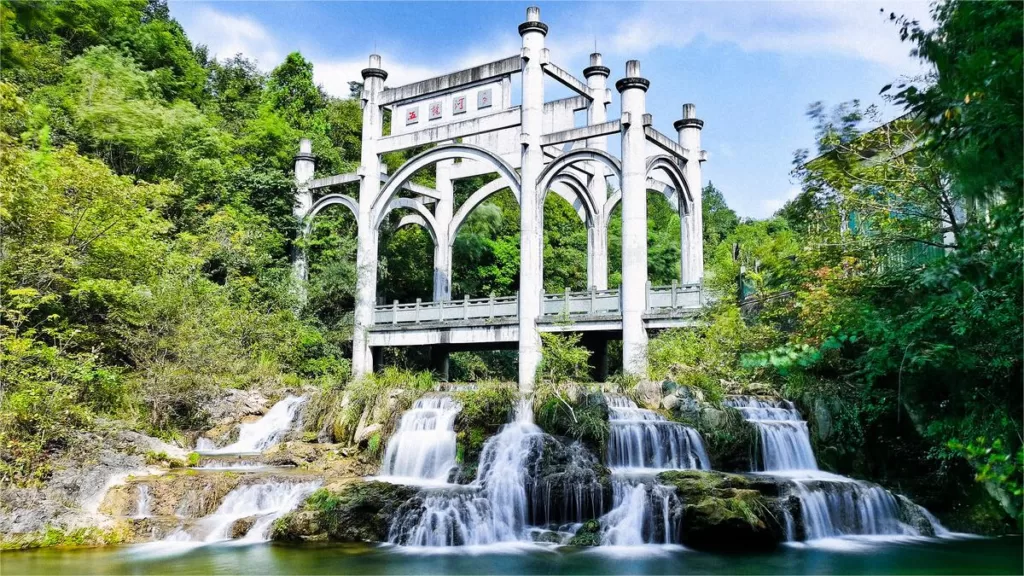
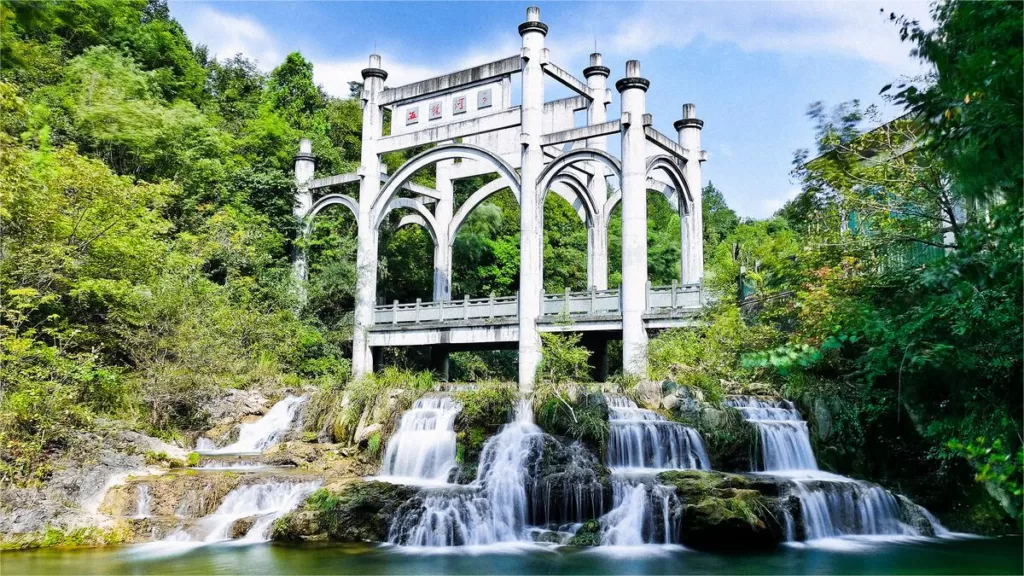
The Wulong River Scenic Area (五龙河风景区, Five Dragons River Scenic Area), situated in Yunxi, Shiyan, is a captivating destination steeped in rich dragon and divine cultures. With a history dating back approximately one million years, ancient hominids and 59 species of biological fossils have been discovered. The focal watercourse of this scenic area is the Wulong River, spanning a length of 58 kilometers and originating from the Tianchi Ridge at the southern foot of the Qinling Mountains, near the border of Hubei and Shaanxi provinces. The river flows swiftly throughout the year, maintaining crystal-clear water quality and stable water levels, establishing itself as a significant tributary of the renowned “Qi Xi” celestial river.
Often referred to as the “Little Jiuzhaigou Valley” and the “Natural Oxygen Bar” of China, the Wulong River Tourism Scenic Area boasts abundant natural resources, earning it the moniker “Genetic Repository of Flora and Fauna at the Southern Foot of Qinling Mountains.” According to incomplete surveys, the area is home to a diverse array of flora, totaling 1745 species, and over 100 species of fauna. Notably, the Wawafish and the Reeves’s pheasant, among others, hold the prestigious status of being nationally protected animals. The scenic beauty, combined with its ecological significance, makes Wulong River a must-visit gem.
Índice
- Información básica
- Ubicación y transporte
- Highlight of Wulong River Scenic Area
- Vlog about Wulong River
- Otras atracciones en el condado de Yunxi
Información básica
| Duración estimada de la visita | 1 día |
| Precio del billete | 80 RMB (1st March – 30th November) 50 RMB (del 1 de diciembre al 28 de febrero) |
| Horario de apertura | 7.30 – 16.30 (1st March – 30th November) 8.00 – 16.00 (1st December – 28th February) |
| Número de teléfono | 0086-0719-6239988 0086-0719-6352111 |
Ubicación y transporte
Wulong River Scenic Area is situated within Yunxi County, Shiyan City, Hubei Province, China. It is conveniently located approximately 18 kilometers from the Yunxi exit of the Fuyin Expressway in Hubei.
To reach Wulong River Scenic Area, tourists can take a bus from Sanyan Passenger Station in Shiyan City bound for Yunxi. Upon arriving in Yunxi, you can transfer to a dedicated shuttle service that directly takes them to the scenic area.
Highlight of Wulong River Scenic Area
Tianle Valley
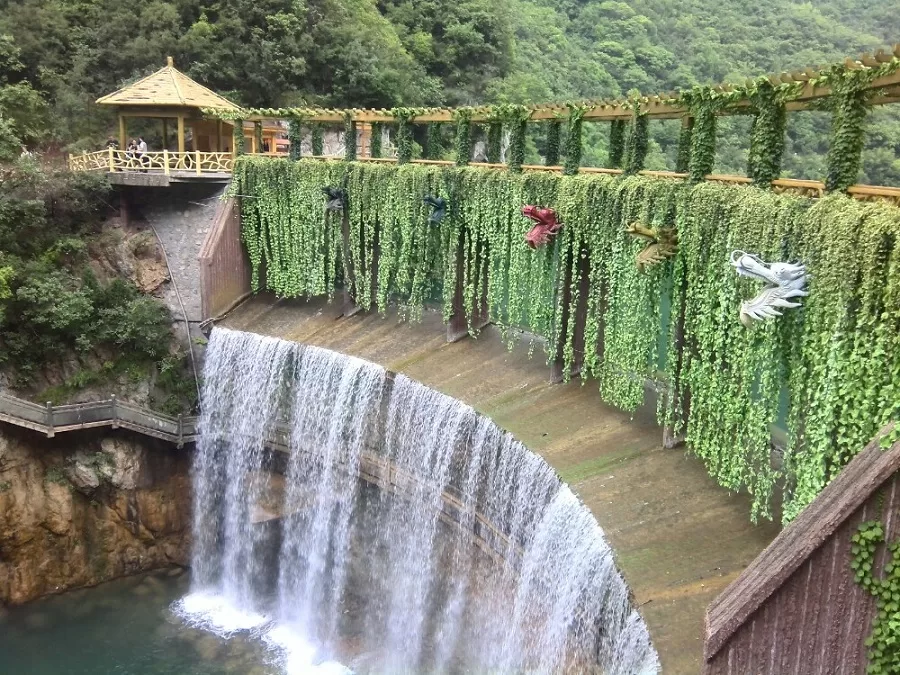
Tianle Valley welcomes visitors as the first valley upon entering the scenic area. Stretching 3 kilometers from the Mountain Gate (Tianji Gate) to the Tian Di Xuan Huang Stone, this valley is a lush and picturesque paradise. With towering cliffs, serene river waters, and the fragrance of flowers in the air, it offers opportunities for boating, fishing, and singing atop high vantage points. Notable spots within the valley include Tianshu Canyon, Meiyu (Plum Rain) Corner, Natural Bathing Pool, Jiutian Waterfall, Golden Turtle Moon Gazing, Tianmeng Lake, Shuiyunjian, Huoji Garden, and Sanyou Spring.
Feilong Valley

Feilong Valley follows as the second valley from the lower reaches of the scenic area. Spanning 1.5 kilometers from the Tian Di Xuan Huang Stone to Sanqing Pond, it is named “Feilong” (Flying Dragon) as a reference to the five dragons cultivated and enlightened in this area. Highlights of the valley include Tian Di Xuan Huang Stone, Funiu Stone, Golden Toad Playing in Water, and Water Show Lotus Flower.
Zhinv Valley
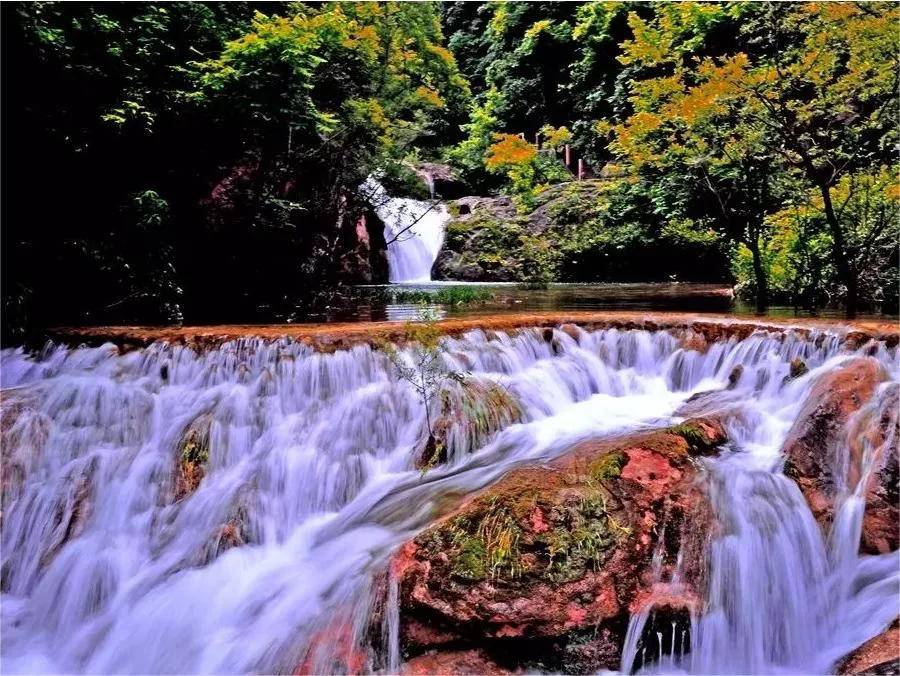
Zhinv Valley is the third valley encountered when entering from the lower reaches. Extending 2 kilometers from Sanqing Pond to Juxian Pavilion, this deep and enchanting gorge features towering peaks, cascading waterfalls, and clear blue waters. Legend has it that the heavenly maiden Zhinv bathed here, hence the name “Zhinv Valley.” Notable attractions in the valley include Zhinv Bathing Pool, Shen Niu Wo Tan, Queqiao (Magpie Bridge), Luhua Dang (Cowherd Pasture), Longxia Playing in Water, Golden Frog Meditation, Juxian Bridge, Jingwen Stone, and Juxian Pavilion.
Fengshen Valley
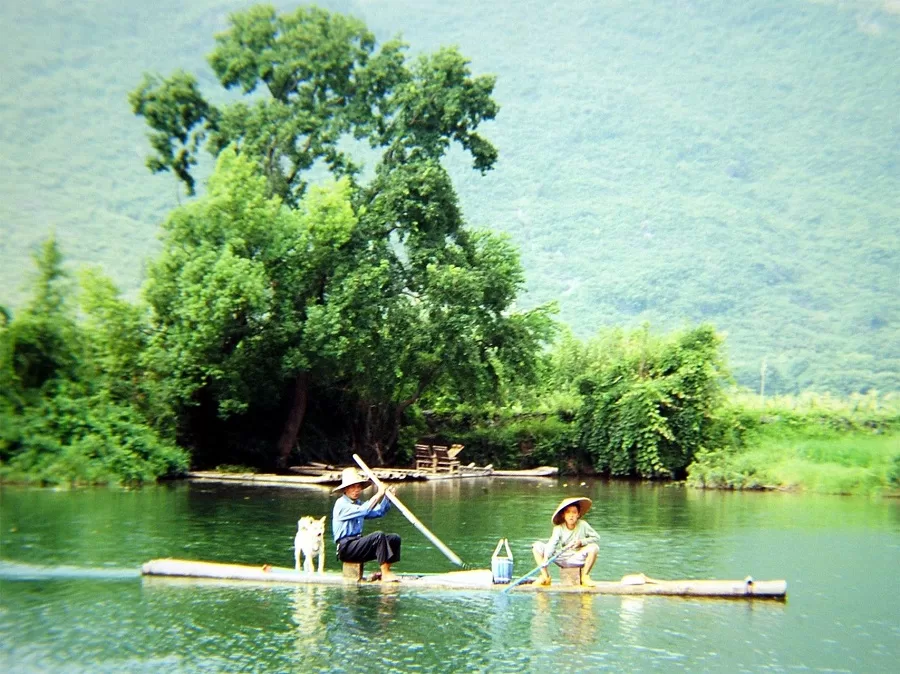
Fengshen Valley is the fourth valley encountered from the lower reaches, spanning 1 kilometer from Juxian Pavilion to Lianghekou. The valley earned its name from the historical events of King Wu defeating King Zhou, leaving behind significant remains. The meandering gorge features winding streams, hanging bridges, and peculiar rocks. Noteworthy locations include the battlefield of Wu Wang’s conquest against Zhou, with tales of General Wen Taishi’s demise at Juelong Ridge and Huang Tianhua’s epic battle at Jinji Ridge occurring in the vicinity.
Wangyou Valley

Wangyou Valley marks the final stretch, spanning 2.5 kilometers from Lianghekou to Xianren Bridge. The valley is aptly named “Wangyou” (Forget Worries) as the scenic beauty encountered along the journey is so overwhelming that it allows visitors to forget their troubles. The valley boasts graceful waterfalls, clear springs, lush forests, unique rock formations, and steep cliffs. Highlights include Wangyou Qiao (Forget Worries Bridge), Laojun Dong (Old Gentleman’s Cave), Sandie Pu (Triple Falls), Mogu Shi (Mushroom Stone), Changsheng Qiao (Eternal Life Bridge), Longxu Pu (Dragon Whiskers Waterfall), Yuanmeng Lake, and Xianren Qiao.
Vlog about Wulong River
Otras atracciones en el condado de Yunxi
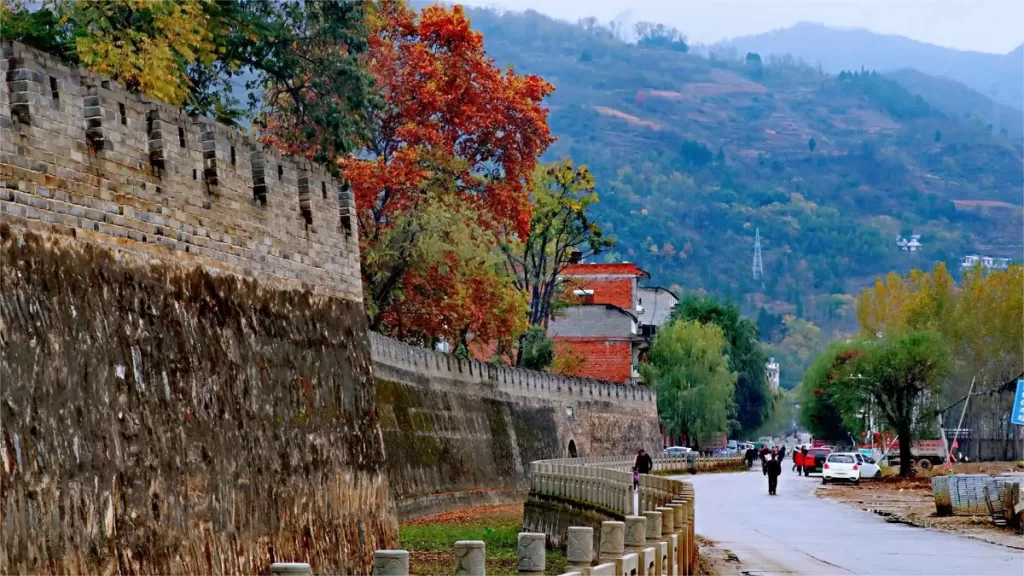
Antigua ciudad de Shangjin

Longtan River Scenic Area
Paisajes de Hubei, Atracciones de Shiyan